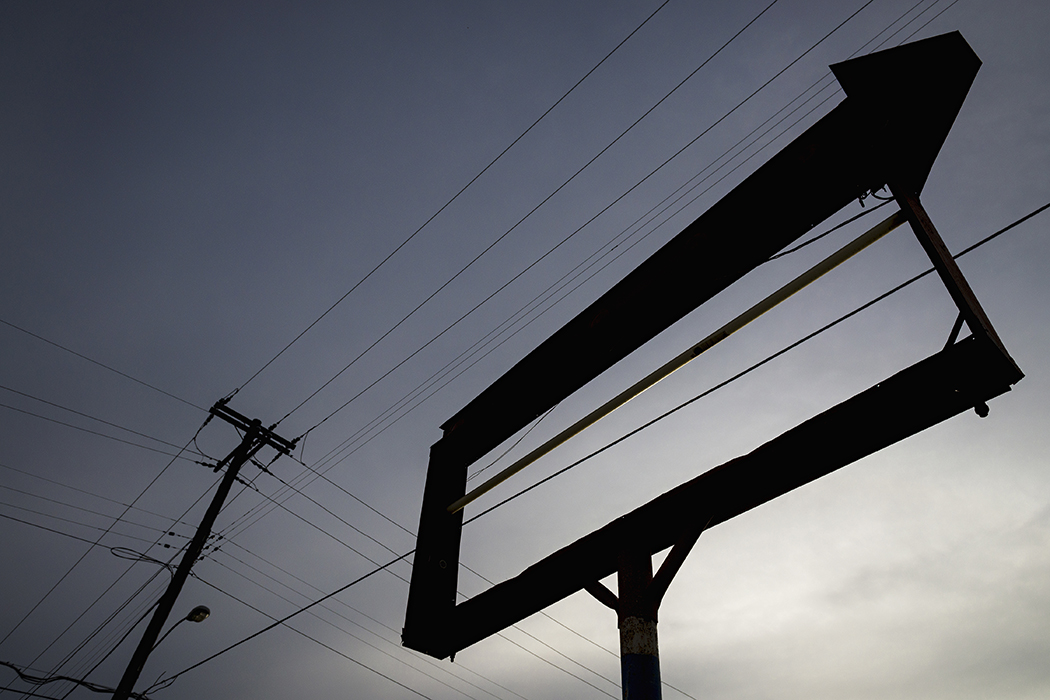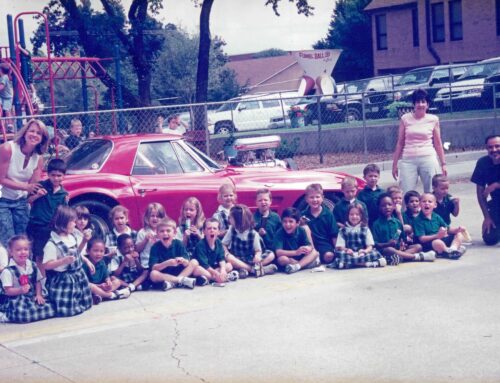
Nathaniel Barrett is developing in a way that maintains history in Old East Dallas. (Photo by Danny Fulgencio)
This developer is hoping to restore, not replace
There probably would have been little fanfare if Nathaniel Barrett had knocked down the small set of shops in the 500 block of Fitzhugh. It wasn’t an architecturally significant Swiss Avenue mansion, or a neighborhood icon like the Lakewood Theater. Years of deferred maintanence followed by a lot of graffiti meant it was not much to look at. Many developers would argue it made more sense to tear down the 1920s structure to maximize the deep lot, which includes a spacious back yard that currently is unused.
But Barrett isn’t in the business of ripping down buildings.
“East Dallas has so many buildings that are restorable, why would you tear them down?” he ponders.
A CPA by trade, he launched his own company, Barrett Urban Designs, with a vision of rehabilitating some of these under-utilized commercial spaces, and restoring them to their glory days. The project on Fitzhugh is his first, an education in what it takes to save these structures before they crumble away.
“These buildings have been for sale for a long time, and when I bought them, I found out why,” he says of the extensive work needed to make them sound and functional. “The only things I did not replace were the foundation, some of the floors and the original trusses.”
While he will certainly make money on his endeavor, as commercial real estate is almost always lucrative, it won’t be the big bucks other developers seek. And he’s fine with that. He’s more interested in investing in the neighborhood because he lives there, too.
“I’m not far from here; this is my neighborhood, which is why I was interested in investing here,” he says. “I would like to see this area have some more variety in the shops, things people would want to walk to.”
His vision is much the same of developers past, who started to dot Old East Dallas with small shops and retail centers with limited parking in the 1920s. It was 1926 when a neighborhood pharmacy opened in a small brick building at the corner of Fitzhugh and Terry. In the 1940s, a hair salon was added next door. Both served mostly people in the neighborhood, back before “shopping destination” was a part of our lexicon. He hopes to bring in businesses that neighbors are excited to frequent.
“I think these neighbors would love a doughnut shop or something nearby in their neighborhood,” he says. “I know I would.”
He is nearing completion of his restoration, and is, in fact, in talks with a donut shop to occupy one of the units. He’s tried to be as authentic to the original design as possible, while building flexibility into the space to allow tenants to do what they please inside. Originally, the property held two buildings, both about 3,700 square feet a piece. It is now broken up into five units, although walls can easily come down if a tenant wants more space.
He grows noticeably disappointed when he talks about the things he couldn’t save. Like the original decorative gamble peaks, which rotted through after decades on a leaky roof, and crumbled as the developer tried to remove them.
“That was our big architectural tragedy,” he says. “There just wasn’t enough to save.”
Once the building is occupied, he will move on to another small-scale project. Piece by piece, he plans to breathe new life into Old East Dallas.

As much of the structure as possible is being kept and restored, including this vintage sign that stands at the 500 block of Fitzhugh. (Photo by Danny Fulgencio)





